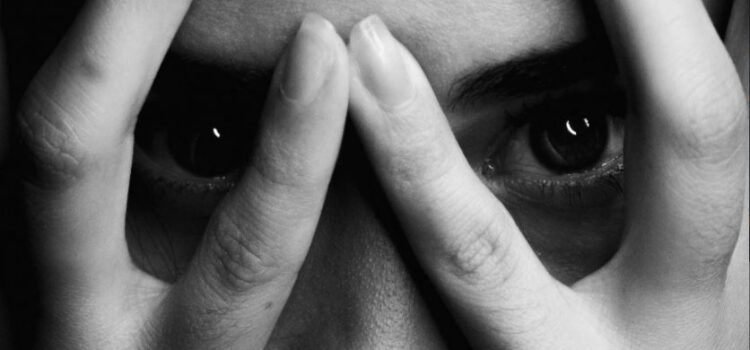

This article is an excerpt from the Shortform book guide to "Radical Acceptance" by Tara Brach. Shortform has the world's best summaries and analyses of books you should be reading.
Like this article? Sign up for a free trial here .
What causes fear and what does fear look like? What advice does Tara Brach give about Radical Acceptance and fear?
According to Tara Brach, Radical Acceptance is the key to meeting the experience of fear without getting swept away in it. When we examine our fear and welcome it, we’ll come to understand that it’s not something we created—it’s not our fault. That allows us to tackle the source of the fear with clarity and understanding.
Continue on to learn how you can tackle fear with Radical Acceptance.
Radical Acceptance of Fear
Radical Acceptance is the key to meeting the experience of fear without getting swept away in it; however, we must also recognize what causes fear and that sometimes fear is too extreme to face alone.
What Fear Really Is
Like desire, fear is a natural force that helps keep us alive. Fear warns us of danger and prepares us—physically and mentally—to run, fight, or hide from it. In its purest form, fear is a desire for life and an aversion to death.
However, fear often goes beyond what’s needed to keep us alive. We may find ourselves tense and on guard, even when there’s no threat to our safety. Our minds may be working constantly, trying to figure out what will go wrong next. When this is the case, we’re in a state of defending our lives rather than living them.
The emotion of fear comes with powerful physical responses as well. Blood rushes to our extremities, our muscles tense, and we produce chemicals that heighten our awareness and physical abilities. We curl in on ourselves both physically and emotionally, protecting our most vulnerable areas.
When Fear Becomes Habit
When fear is a core part of who we are, this withdrawal becomes a habit. We might not even notice it in ourselves because it feels normal. However, people around us might see that we’re hunched over, our shoulders raised, our heads thrust forward in an unconscious attempt to protect ourselves.
Furthermore, the effect isn’t just physical. Fear also creates rigid, habitual thought patterns. The intense focus that helps us respond to real threats becomes obsession. Our minds, which are hardwired to look for patterns, tell us endless stories about what could go wrong and how we might avoid it.
We always place ourselves at the center of those stories. We tell ourselves that we’re alone, helpless, that we have to do something in order to take control. We start using survival strategies: Perhaps we try to be small and quiet, to avoid notice; or perhaps we go the other way, and lash out angrily to gain power over the situation. Like our desires, our deepest fears and our responses to them are often shaped by what we experienced as children.
The Trance of Fear
Fear can carry us into a trance just like desire can and for the same reasons. Children often make sense of hurtful or frightening situations by blaming themselves, and that habit carries over into adulthood along with the fear. We aren’t just afraid; we’re afraid that we’re going to be punished for something, or we feel like we made a mistake and left ourselves vulnerable.
We’re in the trance of fear when worry and anxiety prevent us from existing fully in the moment. When we’re constantly withdrawn and tense, when our minds are hyper aware of our surroundings and telling us that these feelings are our own fault, we can’t accept and live our experiences.
As always, we can awaken from the trance by practicing mindfulness, beginning with the physical sensations we’re experiencing. We can observe that our hearts are racing, our hands are shaking, or that we feel too tightly wound—as if we might be about to spring into action or flee the situation. Identify each sensation, welcome it, and allow it to pass.
When we examine our fear and welcome it, we’ll come to understand that it’s not something we created—it’s not our fault. Like any other experience, we can allow the fear to rise up and fade away without affecting us. That allows us to tackle the source of the fear—the problem—with clarity and understanding.

———End of Preview———
Like what you just read? Read the rest of the world's best book summary and analysis of Tara Brach's "Radical Acceptance" at Shortform .
Here's what you'll find in our full Radical Acceptance summary :
- How to live your life fully experiencing everything
- Why you need to let go of judging yourself or your experiences
- How you can acknowledge and welcome any experience






